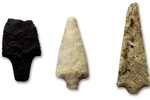
The man of Paiján (Chicama Valley)
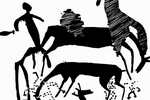
Cave paintings of Toquepala
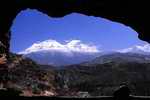
The man of Guitarrero (Ancash)
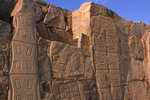
The man of Telamarchay
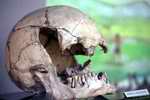
Burial of Lauricocha (Huánuco)

Beginning of corn cultivation
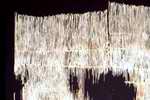
Ancón
Carhua
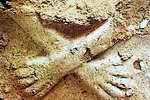
Crossed Hands Temple (Kotosh)
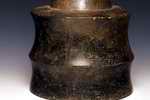
Beginning of the pottery
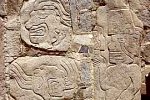
Ceremonial center of Sechín (Casma Valley)
Garagay
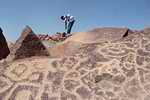
Ancón
Carhua

Beginning of the early period
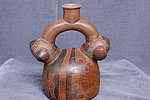
Chavin Culture
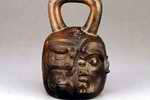
Cupisnique Culture
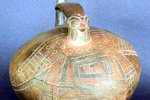
Paracas Culture (Caves)
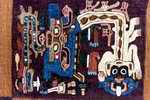
Paracas Culture (Necropolis)
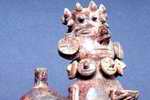
Vicus Culture (Piura)
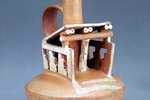
Salinar Culture (Chicama)
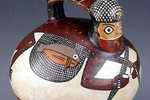
Nazca Culture (Ica)

Viru Culture or Gallinazo
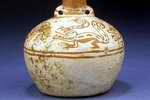
Beginnings of the Mochica Culture
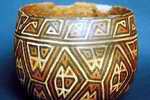
Lima Culture
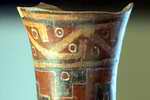
Tiahuanaco Culture
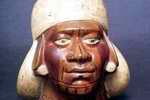
Mochica Culture
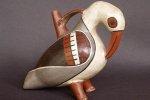
Late period of the Nazca Culture
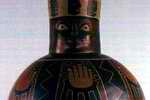
Beginnings of the Huari Culture
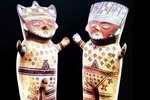
Peak of the second period (Huari)
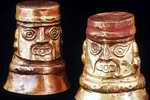
Lambayeque Culture
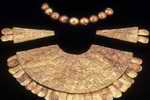
Chimú Culture
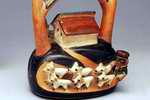
Chancay Culture
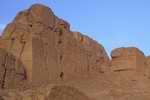
Chincha Culture
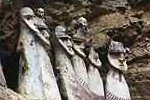
Chachapoyas, Yarowilca and Cajamarca Cultures
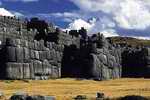
Construction of Sacsayhuaman
Huayna Cápac kingdom
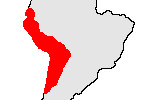
Expansion of Tahuantinsuyo
Death of Huayna Cápac
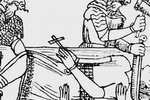
Pizarro captures the Inca Atahualpa in Cajamarca
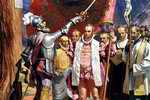
Foundation of Lima

Rebellion of Manco Inca
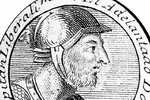
Death of Almagro in the battle of Salinas
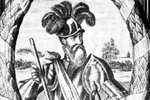
Assasination of Francisco Pizarro
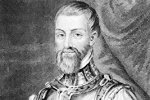
Creation of the Peruvian Vice-kingdom by the New Laws
Arrival of the first vice-king Blasco Núñez de Vela
Foundation of the University of San Marcos
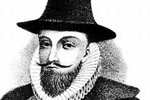
Arrival of the Vice-king Francisco de Toledo
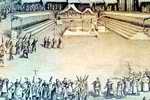
Installation of the Inquisition Court
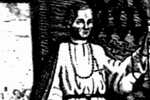
Birth of San Martín de Porras
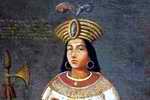
Túpac Amaru I is excecuted by Toledo
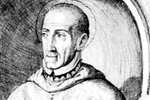
Santo Toribio de Mongrovejo arrives as Archbishop of Lima
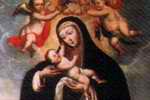
Birth of Santa Rosa de Lima
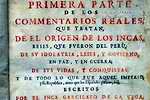
Publication of the Royal Comments of Inca Garcilaso de la Vega
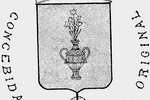
Creation of the Consulate Court of Lima
Foundation in Lima of the Prince's College for noble indians
Earthquake in Lima

Death of San Martín de Porras
Rebellion of the miners in Layacacota (Puno) suppressed by the Vice-king Conde de Lemos
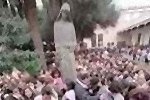
Saint Rose is canonized
Foundation of the University San Crístobal in Huamanga
Foundation of the University San Antonio Abad in Cuzco
Cholera and typhus epidemic ravages mountain inhabitants in the South
Definitive creation of the Vice-kingdom of New Grenade

Birth of José Gabriel Condorcanqui Túpac Amaru II
Appearance of the Lima Gazette, first newspaper in Lima and South America
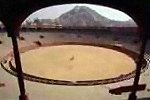
The Vice-king Amat opens the Acho Arene
Creation of the Vice-kingdom of Río de la Plata
Promulgation of the Free-Trade Law
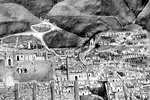
Beginning of the Rebellion of Túpac Amaru II
Creation of the Hearings in Cuzco
Appearance of the Lima's Journal
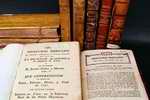
Appearance of the Peruvian Mercurio
Rebellion of indians in Huánuco
Rebellion of Paillardelle in Tacna
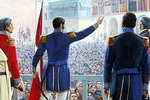
Indenpendence Proclamation by José de San Martín in Lima
Promulgation of the First Constitution
Battles of Junín and Ayacucho
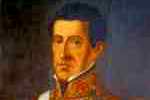
First government of Agustín Gamarra
Creation of the newspaper El Comercio
Battle of Ingavi
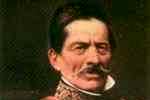
Beginning of the first government of Ramón Castilla
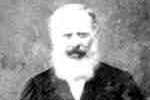
José Rufino Echenique takes the presidency

Second government of Ramón Castilla
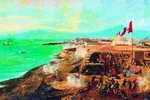
Combat of May the Second
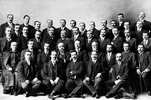
Foundation of the Civilian Party
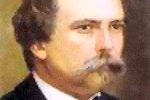
Manuel Pardo y Lavalle, first civilian president
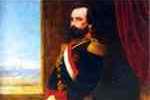
Mariano Ignacio Prado takes the presidency
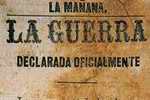
The Pacifique War begins
Battle of Arica
Occupation of Lima by Chile
Departure of Chilian troops

First government of Andrés Avelino Cáceres
Signature of the Grace contract

Second government of Andrés Avelino Cáceres

Civil war, departure of Andrés Avelino Cáceres
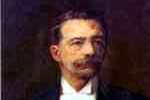
Government of Eduardo López de Romaña
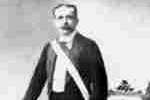
Government of José Pardo y Barreda
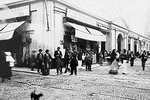
Tramway circulates in Lima
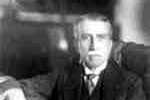
First government of Augusto B. Leguía
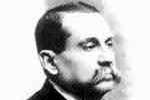
Government of Guillermo Billinghurst
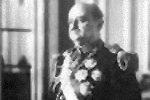
Coup d'état of Óscar R. Benavides to Guillermo Billinghurst government

Second government of José Pardo y Barreda
Foundation of the Catholic University

Coup d'état of Augusto B. Leguía beginning of the Oncenio (11 years of gov.)
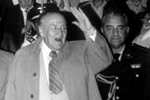
Creation of the APRA party in Mexico by Victor Haya de la Torre

First reelection of Augusto B. Leguía

Second reelection of Augusto B. Leguía
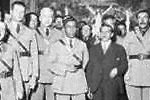
Departure of Augusto B. Leguía by a coup d'état of Luis Miguel Sánchez Cerro

Luis Miguel Sánchez Cerro wins elections against Haya de la Torre
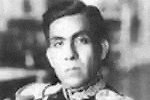
Oscar R. Benavides takes presidency after Luis Miguel Sánchez Cerro's assasination
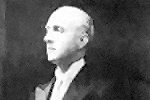
Presidency of Mariano Ignacio Prado
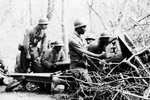
War against Ecuador
Signature of the Rio de Janeiro Protocole
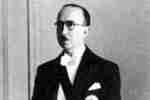
Presidency of José Luis Bustamante y Rivero
Declaration of the sovereignty on 200 nautical miles
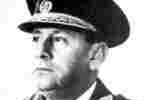
Coup d'état of General Manuel A. Odría
Beginning of the Ochenio (8 years of gouv.)
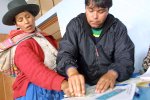
Women's right to vote

Second government of Mariano Ignacio Prado
Coup d'état of the Military Junta

Fernando Belaúnde Terry of the Popular Action Party wins presidential elections
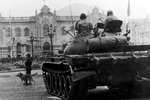
Coup d'état of General Juan Velasco Alvarado and the Army
Creation of the Land Reform Law
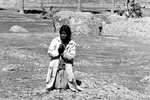
An avalanche buries the town of Yungay
Expropriation of important news papers
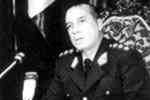
Francisco Morales Bermúdez takes the presidency
Promulgation of the Constitution of 1979

Second government of Fernando Belaúnde Terry
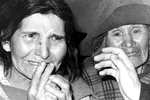
Beginnigs of the Shining Path terrorist group
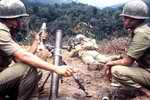
Conflict with Ecuador in the Condor Mountain chains
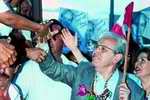
Javier Pérez de Cuellar is elected General Secretary of the UN
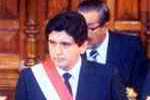
First government of Alan García Perez
Visite of Pope John Paul II
Appearance of the MUC dollar
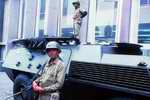
Attempt to nationalize banks

First government of Alberto Fujimori

Auto coup d'état of Alberto Fujimori: dissolution of the Congress
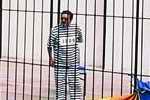
Capture of the Shining Path leader, Abimael Guzmán
Adoption of the new constitution by referendum

Second government of Alberto Fujimori
Conflict with Ecuador in Tiwinza
The MRTA takes hostage the Embassy of Japan
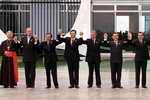
Signature of a peace treaty with Ecuador in Brazil

Second reelection of Alberto Fujimori

Crisis of the democracy, presidency is declared vacant by moral incapacity of Alberto Fujimori
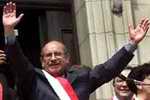
Valentín Paniagua takes the presidency for an interim period
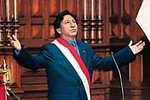
Election of Alejandro Toledo
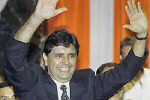
Election of Alan García Perez
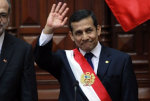
Election of Ollanta Humala
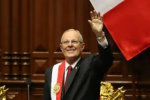
Election of Pedro Pablo Kuczynski
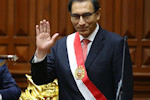
Election of Martín Vizcarra
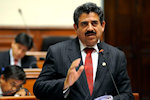
Election of Manuel Merino
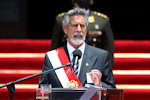
Election of Francisco Sagasti
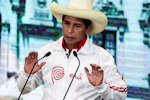
Election of Pedro Castillo
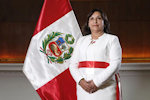
Election of Dina Boluarte